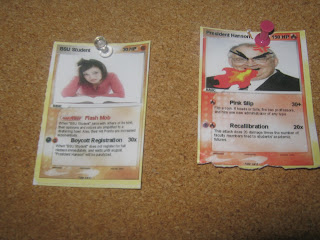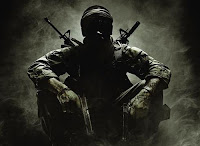The Leach brothers proudly present Bar 209
Same look but a lot of new twists
By: Frank Panzer and Andy Brown
One of the most happening college bars in Bemidji is under new ownership as of Feb. 1st 2011. The Leach brothers of Green Mill fame purchased the bar at the beginning of the new year and of course are hoping for big things. The new owners, Derek and Brett, have their work cut out for them in a very competitive downtown bar scene including Keg ‘N Cork, Brigid’s Cross, Blue Ox, and the college bar juggernaut Toasty Beaver. College students, of age of course, certainly don’t seem to mind the new ownership. Nick Galbrecht, senior, had these thoughts, “I was not excited about the change, I really liked Davey (previous owner) and the old bar staff. But seriously the food is good, the service is good, and the atmosphere hasn’t changed a bit.” So much so that a lot of patrons really had no idea the bar was even under new ownership. The brothers in control really haven’t changed too much, a new menu, with a lot of familiar items on it, a lot of the same drink specials, and the only negative I have heard out of any ones mouth so far is a low murmur about 209 not serving pitchers anymore. “If not having pitchers is the biggest complaint so far, I think we are going to be fine,” says Pugz, a bartender for over 5 years now. Even on a Monday night the bar is surprisingly busy and everyone is having a good time. The music isn’t so loud you can converse over it and the pool table is nicely located away from the bar so as to not have your ears filled with the crack of pool balls colliding. The entire place is set up with the customers’ enjoyment being key. All of these things needed to be executed to perfection in order to even stay in competition with the other downtown bars.
Derek and Brett are fully aware of the competition in town and aren’t taking it lightly. “The lack of a dance floor is obviously what is hindering us most,” of course referring to Toasty Beaver and Keg ‘N Cork which are the places to go when you just want to dance. Healthy competition in any business market is definitely a good thing and with the bar business being as big of a deal as it is in Bemidji the only people who can benefit are the patrons. Friday and Saturday nights in downtown Bemidji are an experience, honestly like no other. Cops are running double patrol and bars are double staffed, coincidence it certainly is not. In the mix of the bar business there is always the 2 am bar close talk floating around. A city that many think would benefit from a later close but many are very against the decision. “We are indifferent really, we are doing fine staying open until 1 am and we definitely could handle a 2 am close. Our customers really would be the ones too help us make that decision in the end,” echoed the owners. With plenty of viable options for downtown drinking and dancing these two are certainly in for the time of their life and they have the public to thank for it.
 | ||
| Photo by Frank Panzer |
 |
| Photo by Frank Panzer |
Keg-n-Kork
Bar 209














